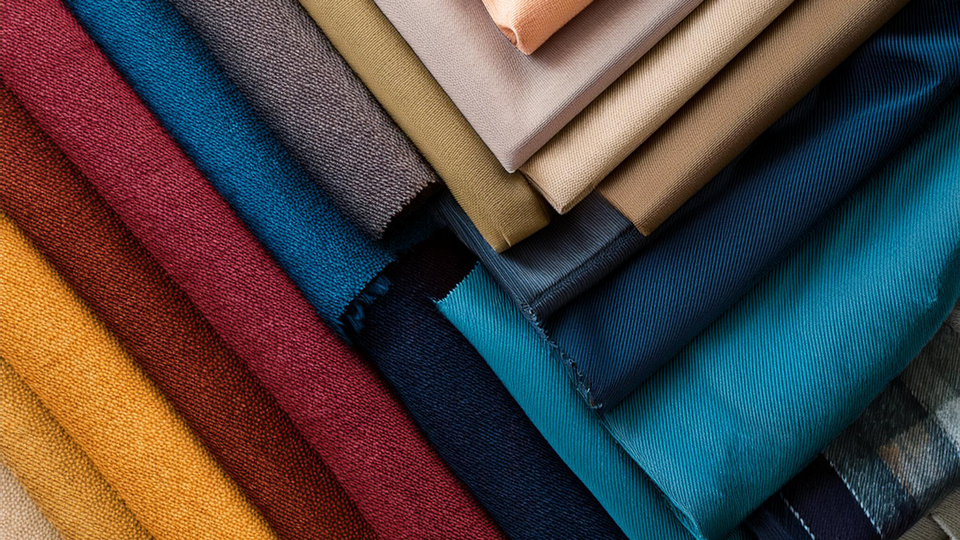
When choosing furniture, understanding fabric types can significantly impact your decision. Here's a guide to some common fabrics and their characteristics to help you make an informed choice for your home.
Velvet and Chenille: Luxurious Pile Fabrics
Velvet and chenille are both known for their soft, luxurious textures. These are pile fabrics, meaning they have a raised surface created from cut threads.
- Prone to Crushing and Flattening: With pressure, these fabrics can crush or flatten, leading to shaded patches that are visible from delivery and throughout the furniture's life.
- Maintenance: Regular soft brushing can rejuvenate the surface pile and restore the appearance of the fabric.
Woven Fabrics: Durability and Texture
Woven fabrics are made using a warp and a weft that criss-cross to create plain or patterned cloth.
- Unique Characteristics: You might find raised knots, or imperfections. These are part of the weaving process and do not affect the fabric's performance.
- Patterns and Imperfections: These characteristics give woven fabrics a unique texture and visual interest.
Stripes and Patterns: Matching Challenges
Stripes and patterns add a vibrant look to furniture but come with some challenges.
- Matching Issues: It may not always be possible to match the stripes or patterns on the physical sofa as shown in images. Asymmetrical patterns or pile fabrics can appear different when cushions are rotated.
- Minimising Differences: To minimise the effect, rotate cushions at the same time so the borders match evenly.
Seams and Fabric Width: Construction Considerations
The construction of your furniture can also impact its appearance and performance.
- Sewing Seams: You can expect varying numbers of seams between units in the same range, governed by the fabric width, pattern matching, or pile direction, especially on the front border or outside back.
- Complementary Fabrics: Different fabrics on products within the same range may affect the feel and performance. Thicker fabrics hold upholstery firmer than softer ones, influencing the seat and comfort.
Fabric Care: Avoiding Damage
Proper care can extend the life of your furniture fabric.
- Snags and Pulls: Avoid snagging the surface of any fabric. If a pull occurs, tuck or push it in rather than cutting it to prevent fraying.
- Hair Care and Skin Products: Oils, creams, and certain medications can react with fabrics, causing noticeable surface changes. Use protective covers if contact is unavoidable.
Cushion Maintenance: Keeping Your Furniture Fresh
Over time, cushions naturally change shape due to use.
- Puddling, Stretching, and Wrinkling: Cushions may puddle, stretch, or wrinkle. These can be smoothed out as cushions are rotated and re-dressed, following the recommended interior maintenance.
Conclusion
Understanding the properties and maintenance requirements of different fabrics can help you choose the right one for your home. Velvet and chenille offer luxurious textures but require regular care, woven fabrics bring durability with unique imperfections, and patterned fabrics need mindful arrangement to maintain visual appeal. Paying attention to seams and fabric care can ensure your furniture remains attractive and comfortable for years to come.